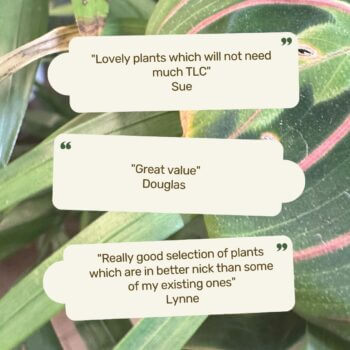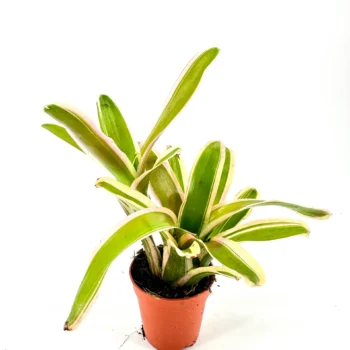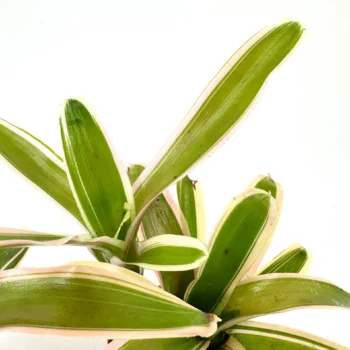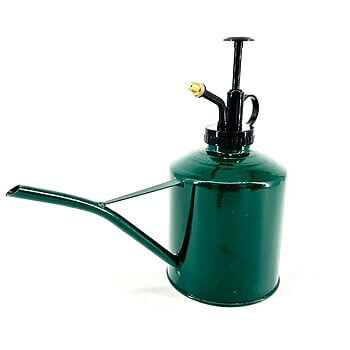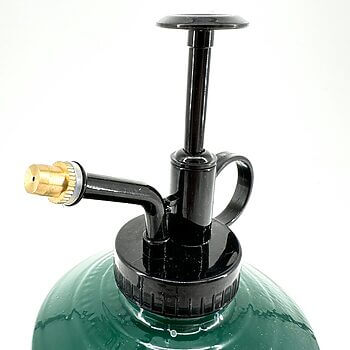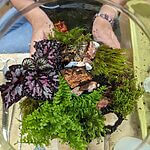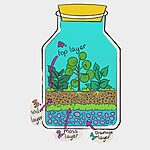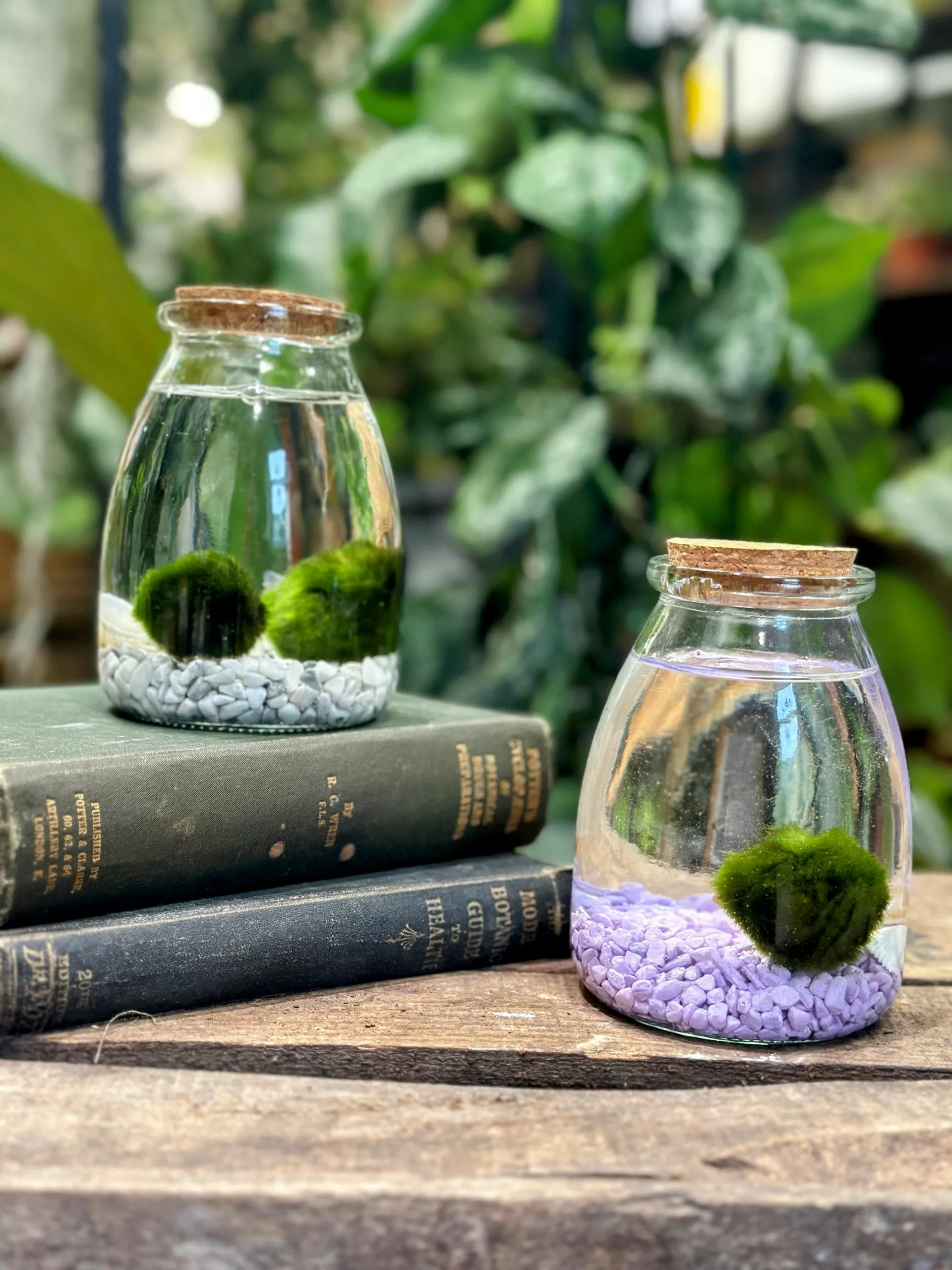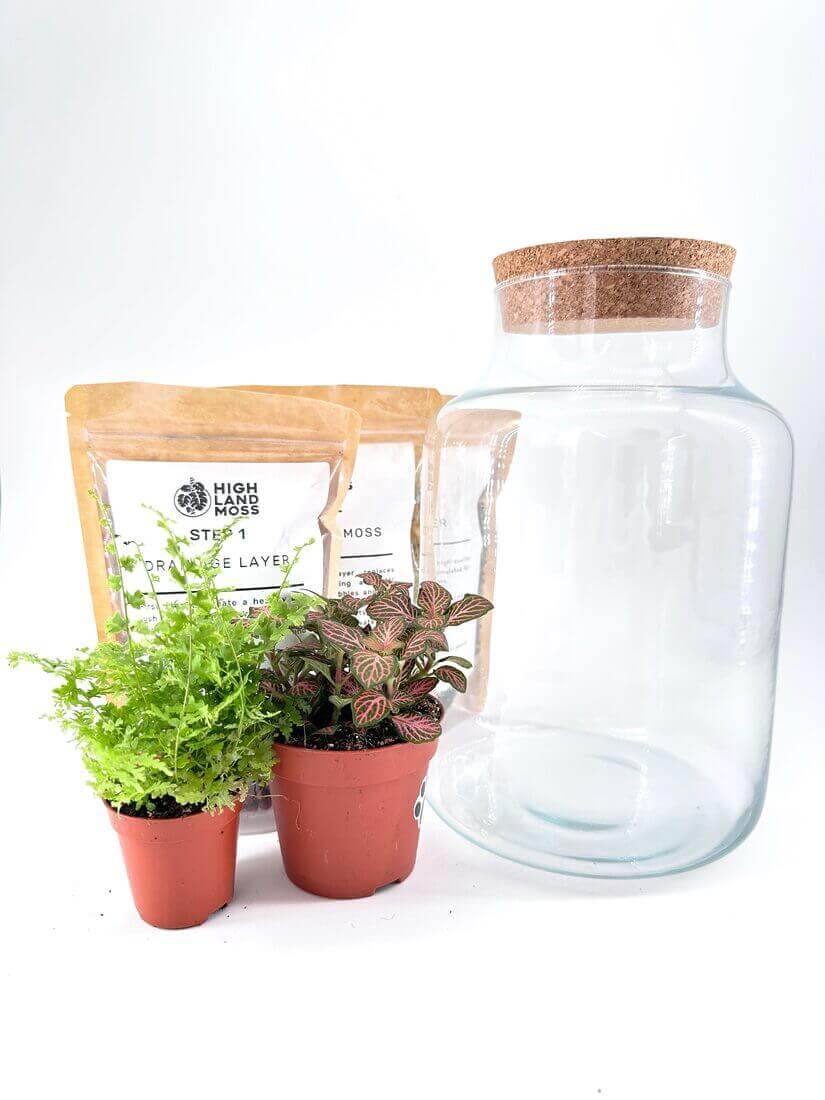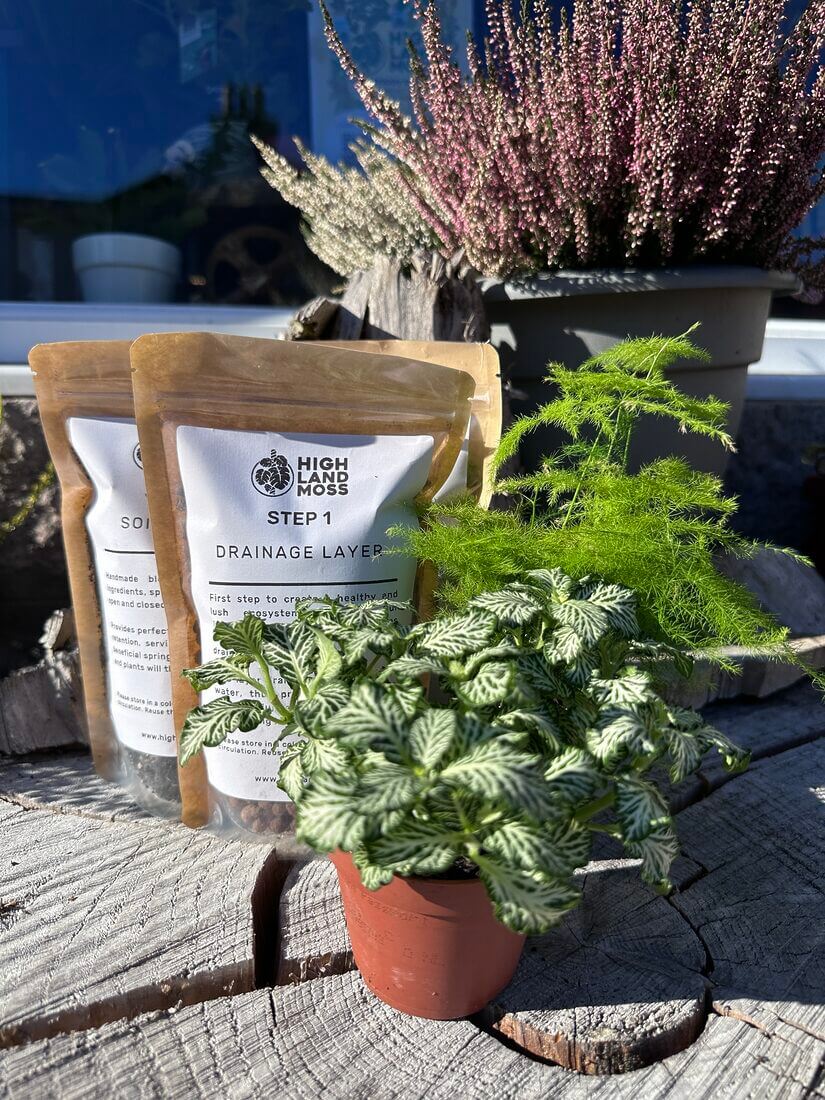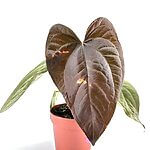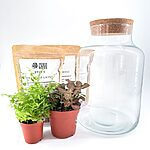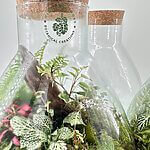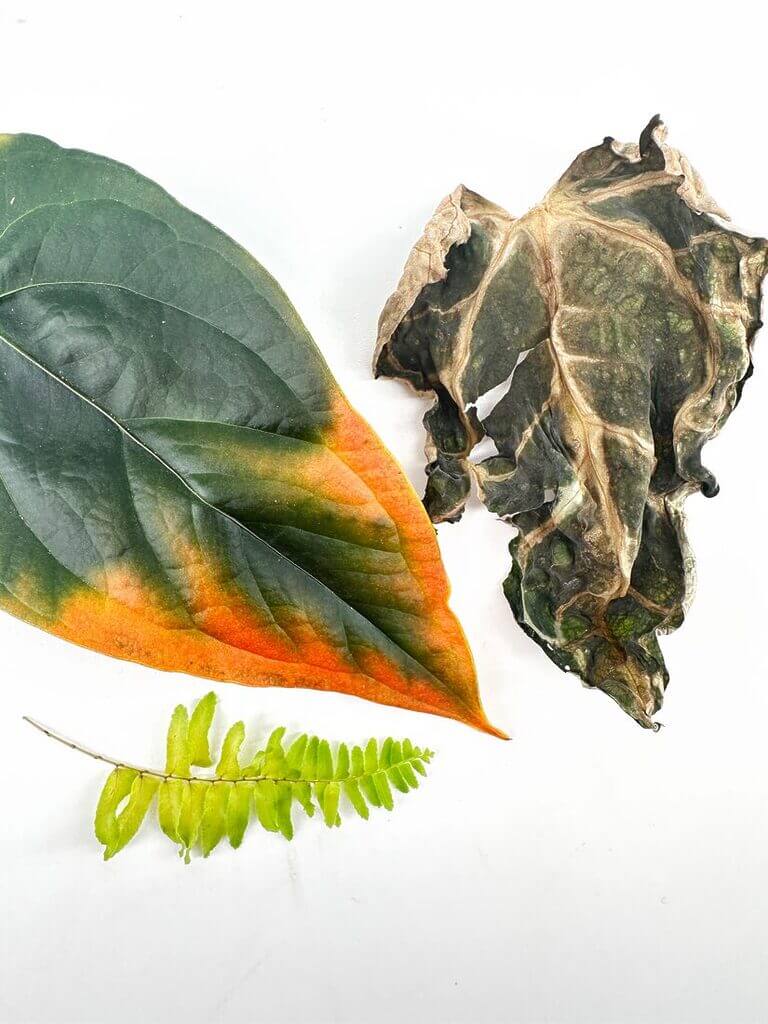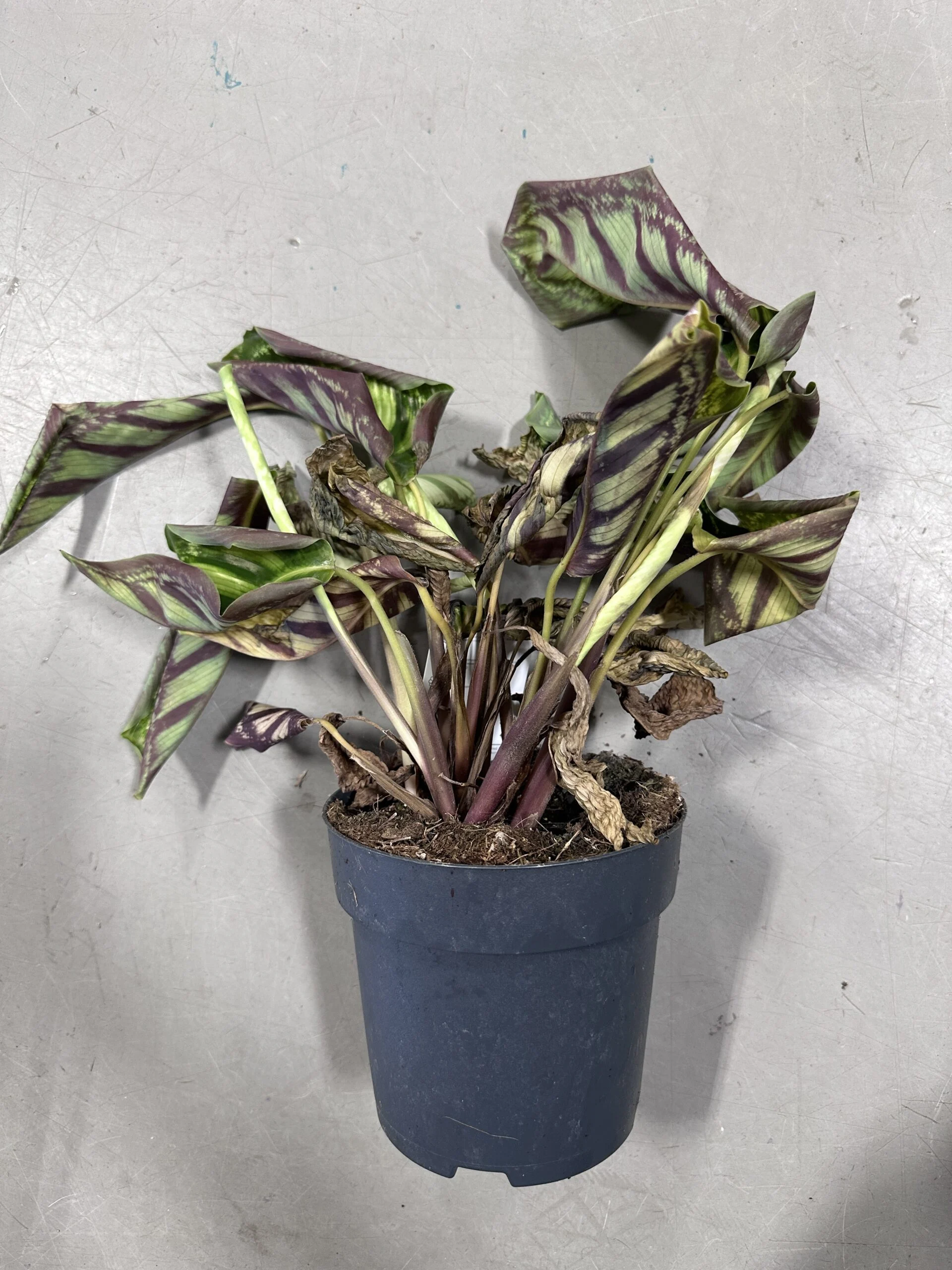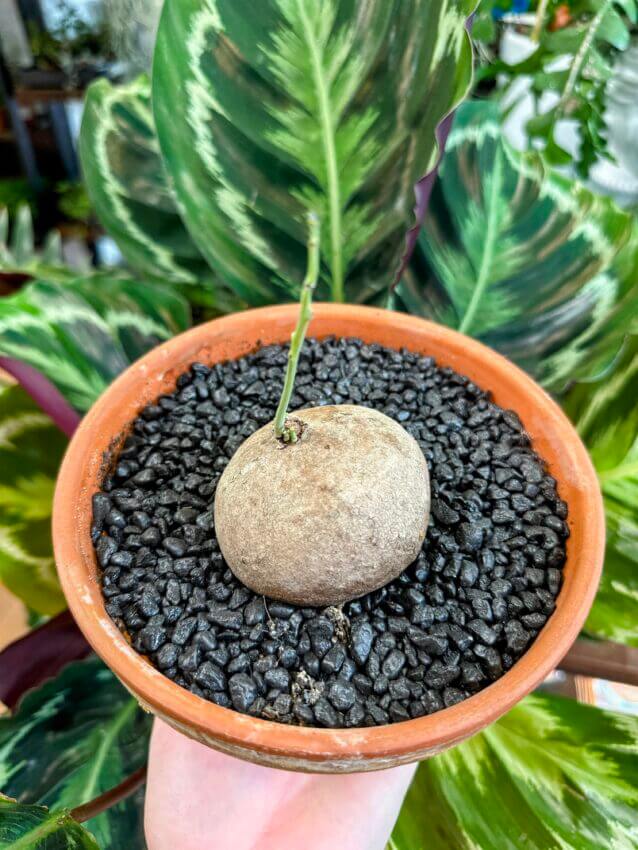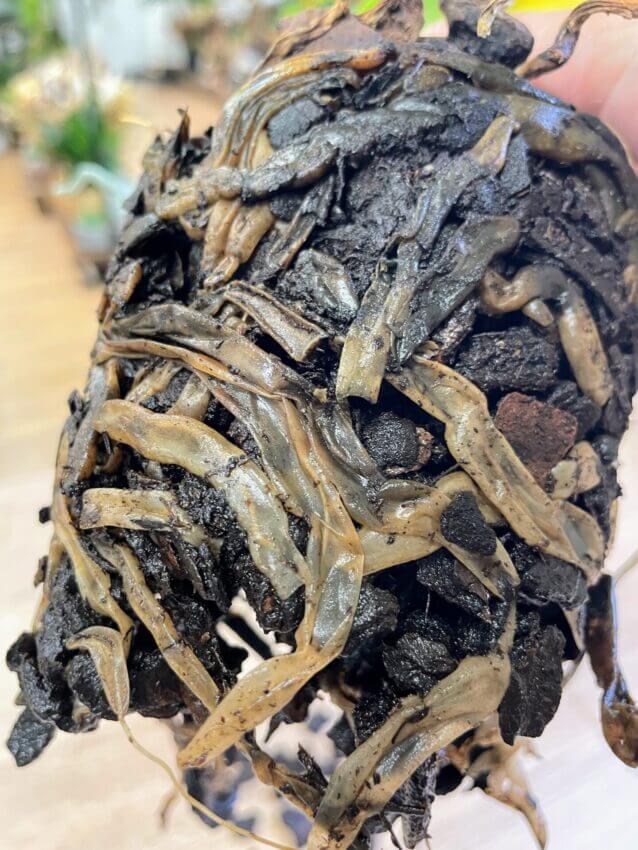Selaginella lepidophylla, commonly known as the Rose of Jericho, Desert Rose or Resurrection Plant is an intriguing plant native to the desert regions of Central America and the Middle East.
The Rose of Jericho’s ability to rise from the state of the ‘dead’ has made it a symbol of hope and rebirth across various cultures. In Christian tradition, it is associated with the resurrection of Christ, hence the name. In folk magic, it’s believed to bring peace, power, and protection from bad spells into a home.
In this article, you will find answers to all questions about these fascinating plants, care advice and a little bit of interesting trivia too!
How Does The Rose Of Jericho Grow?
At the core of the Rose of Jericho’s mystique is its extreme resilience. The plant can completely desiccate during prolonged droughts, curling its branches inward and becoming a seemingly lifeless ball of twigs. Yet, once it encounters water, it “resurrects,” unfolding and turning green within hours. This extraordinary cycle can be repeated over many years, symbolising renewal and persistence.
Mythology About the Desert Rose
The Rose of Jericho’s ability to rise from the dead has made it a symbol of hope and rebirth across various cultures. In Christian tradition, it is associated with the resurrection of Christ in the Christian religion, hence the name. In folk magic and pagan beliefs, it’s believed to bring peace, power, and abundance into a home. The lore surrounding this plant is present in many cultures around the globe.
How To Wake Up The Plant

For plant lovers, the Rose of Jericho an interesting addition to their houseplant collection, which is also incredibly low maintenance. Its care requires only a shallow dish and intermittent watering. When hydrated, it thrives without soil, drawing nutrients from its hardy, self-sustaining structure.
Therapeutic Benefits of Rose of Jericho
Beyond its visual appeal and symbolic importance, the Rose of Jericho is attributed to various therapeutic properties and health benefits. Herbalists have used it for centuries for its supposed benefits, which range from skin rejuvenation to immune system support. However, it is important to note that scientific evidence supporting these claims is limited. We do not recommend using it for any therapeutic or medical treatment but have to admit that watching it turning from a dry ball into a lush, green plant is very relaxing!
Propagation

Propagation of the Rose of Jericho is relatively straightforward, involving the separation of the plant’s offsets. Given the right conditions, these offsets can grow into new, full-sized plants, allowing you to expand your plant collection or share this botanical wonder with friends and family.
Q&A
Q: How do you resurrect the Rose of Jericho?
A: Place the plant in a shallow dish of room temperature water, ensuring it is fully submerged. The plant will absorb the water and begin to open its leaves and turn green.
Q: How long does it take for the Rose of Jericho to resurrect?
A: The resurrection process usually starts within a few hours, and the plant typically unfurls completely within 24 to 48 hours of being exposed to water. Sometimes it may take longer so please be patient!
Q: What temperature water should I use to resurrect the plant?
A: Use room-temperature water for the resurrection process. Avoid extremes of hot or cold to prevent shock and potential damage to the plant. Ensure the plant is fully immersed in clean water and the leaves should begin to green.
Q: What is the optimal temperature for the Rose of Jericho to resurrect?
A: The ideal temperature for the plant to resurrect is between 20°C to 30°C, which is conducive to its revival and health.
Q: What if not all leaves turn green during the resurrection?
A: If some leaves remain brown, it could be due to insufficient water coverage or some leaves are naturally too old and have lost their ability to revive. It is totally normal and happens often as the plants’ leaves are ageing, it will not impact the health of the plant.
Q: How long should the Rose of Jericho be kept green?
A: It’s recommended to keep the plant green for a few days to 1-2 weeks at most. Then, allow it to dry out to prevent rot and to follow its natural lifecycle.
Q: How can I return the Rose of Jericho to its dry state?
A: Remove the plant from the water and place it in an area with good air circulation. The plant will naturally dehydrate and curl up as it dries, a process that may take a few days depending on environmental conditions.
Q: What happens if I leave the Rose of Jericho in water for an extended period?
A: Continuous soaking can cause the plant to rot or develop mould. It is important to let it dry out after a period of hydration to maintain its health and resilience.
Q: Is the Rose of Jericho Pet friendly?
A: The Rose of Jericho is generally considered to be pet-friendly, as there are no known toxic effects reported for cats and dogs in the literature. However, it’s always best to keep an eye on pets around plants, as individual animals may have unique sensitivities or the tendency to chew on foliage, which could potentially cause gastrointestinal upset
Conclusion

The Rose of Jericho is more than a plant; it is a symbol of life’s cycle and natural ability to survive in the most extreme conditions. The plant is inspiring and intriguing. This fascinating plant would be a great gift for anybody who loves plants and nature as well as for children who can watch it turning green in water and learn about flora in an interesting way.





